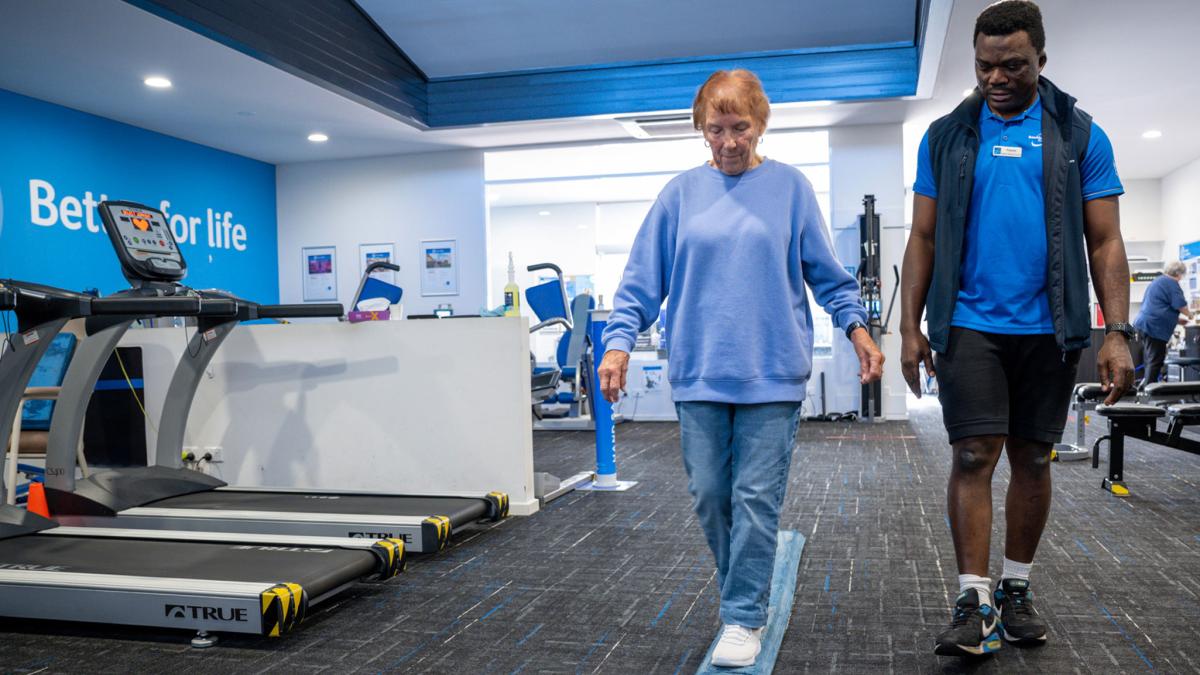Better Balance: Improve Your Balance With These Easy Exercises

A component of ageing that older adults should be cautious of is their balance.
As we age, one of the biggest fears that older adults develop is a fear of falling. When people are fearful of falling, they may start to remove themselves from certain situations and these situations can change their social dynamics by reducing social engagements. Even within their own homes, they can become apprehensive of performing tasks that they would have easily managed to do a few years earlier without giving it prior consideration - because they know that if they did fall, they may be unable to get back up.
Balance exercises
One of the key factors we can work on to prevent falls is our balance. Balance-targeted exercises involve static and dynamic exercises, as well as agility training.
Static balance
Static balance involves maintaining stability while not moving, such as holding a pose or standing on one leg. It is crucial for maintaining stability and an upright posture.
A static exercise you can try can be performed while brushing your teeth at the vanity:
- While brushing your teeth, hold onto the vanity with one hand and raise yourself up on the toes of one foot
- Then try taking your other foot completely off the ground with your hands still on the vanity to give you support
- When you're good at that, try to just have your fingertips on the vanity as a stabiliser, not taking your weight
- When you’re comfortable with that, try to just go to one finger
- Finally, try to just stand on one leg without touching the vanity
- Repeat on the other leg
This exercise can also help to give your brain a workout because standing on one leg while brushing your teeth requires a lot of coordination.
Dynamic balance
Dynamic balance involves maintaining stability while in motion. It’s essential for activities that involve coordinated movement such as walking on uneven surfaces.
Try this dynamic exercise next time you're walking down a hallway:
- Place one finger or hand on the hall wall for support
- Start walking slowly with your feet placed very close together and and run your finger or hand along the hall wall as you move
- When you’re good at that, progress to placing your feet one in front of the other (with your heel touching the toe of the opposite foot for each step), the same sort of steps you would take if you were walking along a tightrope.
This exercise also works to improve your posture and core strength.
Agility
Your agility is your ability to change your centre of balance so you can change directions. Agility helps you to do things such as move aside to let somebody else move past you, or walk around the corner of a building.
You can try a box stepping exercise to increase your agility:
- Imagine a large box on the floor
- Put four markers out to denote where the box is - these could be as simple as a book placed on the floor, as long as you won’t trip over it
- Step from one marker to the next position, going forwards, backwards, sideways, and then reversing the direction you're going.
This exercise also helps improve your speed and coordination.
Our Physiotherapists and Accredited Exercise Physiologists can prescribe other exercises suited to your health and wellness goals. So whether you are completely new to structured exercise or you are already enjoying your own activities, we will ensure your needs are met. Call us on 08 8179 6825 to get started today!
Share this article

